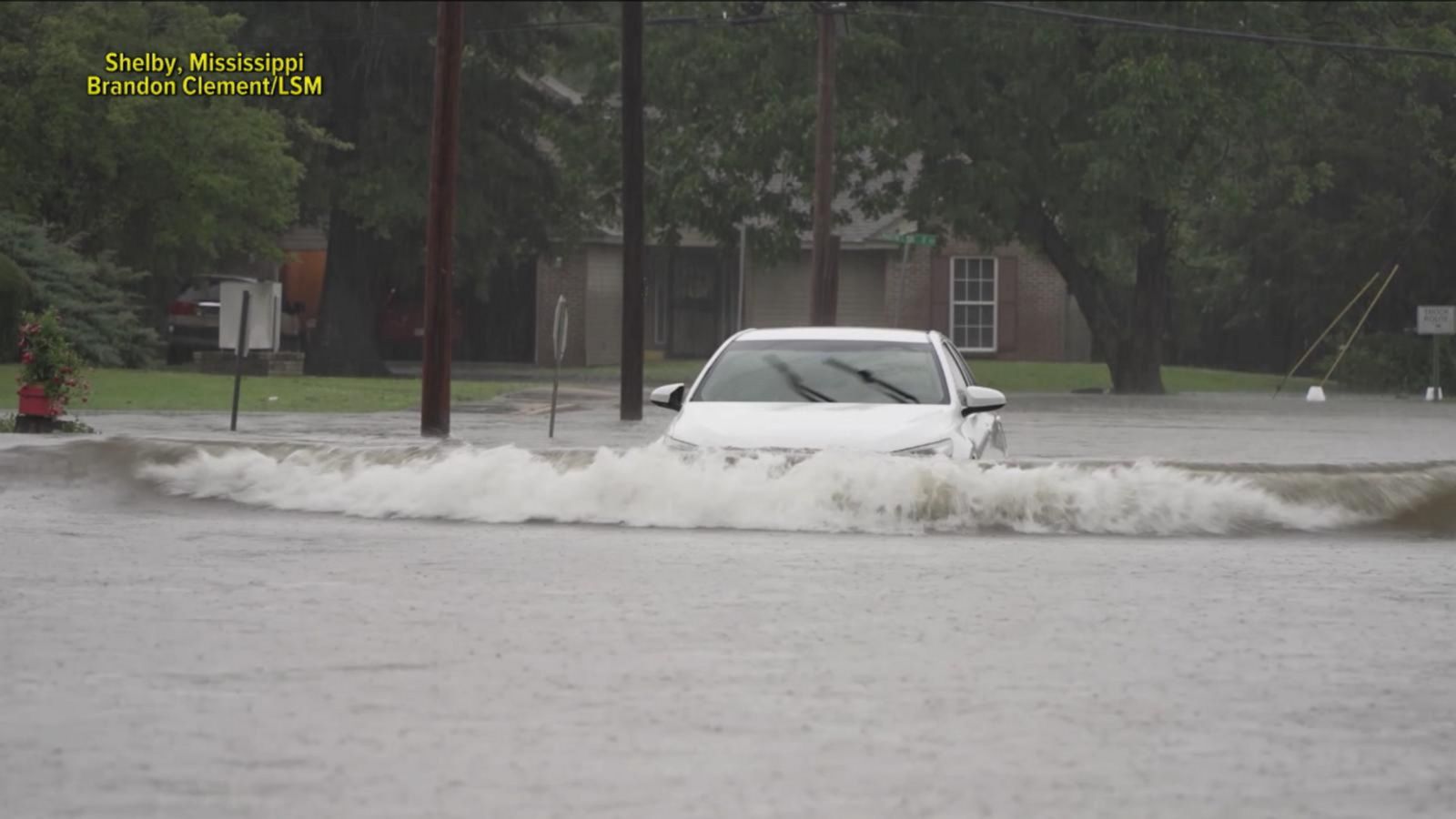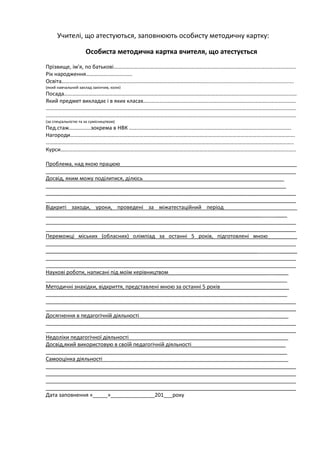Understanding Flash Flood Emergencies: A Comprehensive Guide

Table of Contents
Recognizing the Signs of an Impending Flash Flood Emergency
Recognizing the warning signs is crucial for mitigating the risks associated with flash flood emergencies. Early detection dramatically increases your chances of escaping harm and minimizing property damage.
Understanding Flash Flood Triggers
Flash floods are often triggered by intense and concentrated rainfall. Heavy rainfall events, particularly those associated with thunderstorms or monsoons, can overwhelm drainage systems and lead to sudden flooding. Other triggers include:
- Intense and Prolonged Rainfall: Several inches of rain falling in a short period can quickly saturate the ground, leading to runoff and flash flooding.
- Upstream Dam or Levee Failures: A breach in a dam or levee can release a massive volume of water downstream, causing devastating flash floods with little to no warning.
- Rapid Snowmelt: In mountainous regions, rapid snowmelt, especially during warmer spring temperatures or after heavy rain on snowpack, can significantly increase water levels in rivers and streams.
Identifying Visual Cues
Beyond weather forecasts, several visual cues can signal an impending flash flood. Be alert for:
- Rapidly Rising Water Levels: A sudden and significant increase in the water level of rivers, streams, or normally dry washes is a major warning sign. Pay attention to rising water levels even if it seems minimal at first, as this can escalate rapidly.
- Rapidly Flowing Water: Rapidly flowing water that is significantly faster or murkier than usual is a clear indication of increased water volume and potential danger.
- Muddy Water: Muddy water indicates that the water is carrying sediment and debris from upstream, a sign of increased water flow and potential flooding.
- Water Encroaching on Roads: If you see water covering roads or approaching roadways, avoid driving through these areas; even a seemingly shallow depth can hide dangerous currents. Changes in water color and speed are also crucial indicators.
Heeding Official Warnings
Relying on official sources is critical when it comes to flash flood warnings. Pay close attention to:
- Flash Flood Warnings: These are issued when a flash flood is imminent or occurring. Take immediate action.
- Flash Flood Watches: These indicate conditions are favorable for flash floods; remain vigilant and monitor weather updates.
- Weather Reports and Alerts: Regularly check weather forecasts from reliable sources like the National Weather Service (NWS) or your local meteorological agency.
- Emergency Broadcasts: Stay tuned to local news and emergency broadcasts for updates and instructions.
Safety Measures During a Flash Flood Emergency
Acting quickly and decisively during a flash flood emergency can be life-saving.
Immediate Actions
When a flash flood warning is issued, your immediate priority is safety:
- Move to Higher Ground: Immediately evacuate to higher ground, ideally above the predicted flood level.
- Avoid Driving Through Flooded Areas: Never drive through flooded areas; just a few inches of water can sweep a car away. Turn around, don't drown.
- Contact Emergency Services: Call emergency services (911 in the US) for assistance if you're trapped or need rescue. Knowing your evacuation routes in advance is critical.
Protecting Your Property
While saving lives is paramount, you can also take steps to protect your property:
- Move Valuable Items to Higher Levels: Relocate important documents, electronics, and other valuable items to upper floors or higher ground.
- Disconnect Electrical Appliances: Turn off and disconnect electrical appliances to prevent electrical hazards.
- Sandbagging: If time permits, use sandbags to protect your home's vulnerable areas. Elevating electrical equipment is another important step.
Staying Safe After the Flood
Even after the immediate danger passes, precautions are necessary:
- Check for Structural Damage: Inspect your home for structural damage, paying attention to cracks in the foundation or walls.
- Avoid Contaminated Water: Floodwater can be contaminated with sewage and hazardous materials; avoid contact and report spills to the authorities.
- Report Damage to Authorities: Report any damage to your home or property to your local authorities to assess flood protection needs and facilitate recovery efforts.
Preparing for Flash Flood Emergencies
Proactive preparation is key to mitigating risks associated with flash flood emergencies.
Developing a Family Emergency Plan
A well-defined family emergency plan is crucial:
- Establish Evacuation Routes: Identify multiple escape routes and designated meeting points.
- Create a Communication Plan: Establish contact methods in case family members are separated.
- Emergency Supplies: Keep a readily accessible supply of essential items.
Building an Emergency Kit
Your emergency kit should include:
- Water: One gallon per person per day for at least three days.
- Food: Non-perishable, easy-to-prepare food items for at least three days.
- First-Aid Kit: A comprehensive first-aid kit with necessary medications.
- Important Documents: Copies of important documents in a waterproof bag.
- Radio: A battery-powered or hand-crank radio to receive emergency broadcasts.
Understanding Your Risk
Assessing your flood risk is essential:
- Check Floodplain Maps: Determine if your property is located in a floodplain or an area prone to flooding.
- Local Resources: Consult local emergency management agencies or the National Weather Service for information on flood risks in your area.
- Mitigation Measures: Implement measures to reduce your vulnerability, such as improving drainage around your home.
Conclusion
Flash flood emergencies are unpredictable and dangerous events, but preparedness can significantly reduce risks. Recognizing the signs of an impending flood, taking immediate safety measures during an emergency, and proactively preparing for future flash flood emergencies are all crucial for minimizing risks and ensuring safety. Remember the unpredictability of flash flood emergencies, and always prioritize preparedness. Stay informed about flash flood emergencies in your area, develop a comprehensive family plan, and utilize resources like the National Weather Service and local emergency management agencies to learn more about flash flood preparedness and mitigation in your specific location. Always be prepared for flash flood emergencies!

Featured Posts
-
 Peremozhtsi Yevrobachennya Ostanni 10 Rokiv De Voni Zaraz
May 25, 2025
Peremozhtsi Yevrobachennya Ostanni 10 Rokiv De Voni Zaraz
May 25, 2025 -
 Tim Cooks Tariff Warning Triggers Apple Stock Sell Off
May 25, 2025
Tim Cooks Tariff Warning Triggers Apple Stock Sell Off
May 25, 2025 -
 Ferrari Challenge A High Octane Weekend In South Florida
May 25, 2025
Ferrari Challenge A High Octane Weekend In South Florida
May 25, 2025 -
 Sundays Demonstration Did Le Pens National Rally Show True Strength
May 25, 2025
Sundays Demonstration Did Le Pens National Rally Show True Strength
May 25, 2025 -
 Zheng Qinwens Historic Win First Victory Over Sabalenka Sends Her To Italian Open Semis
May 25, 2025
Zheng Qinwens Historic Win First Victory Over Sabalenka Sends Her To Italian Open Semis
May 25, 2025
Latest Posts
-
 Real Madrid In Doert Yildizi Hakkinda Uefa Sorusturmasi Basladi
May 25, 2025
Real Madrid In Doert Yildizi Hakkinda Uefa Sorusturmasi Basladi
May 25, 2025 -
 Uefa Nin Real Madrid Sorusturmasi Yildiz Oyuncularin Gelecegi Tehlikede Mi
May 25, 2025
Uefa Nin Real Madrid Sorusturmasi Yildiz Oyuncularin Gelecegi Tehlikede Mi
May 25, 2025 -
 Real Madrid In Doert Oyuncusu Uefa Sorusturmasinin Ayrintilari
May 25, 2025
Real Madrid In Doert Oyuncusu Uefa Sorusturmasinin Ayrintilari
May 25, 2025 -
 Uefa Real Madrid In Doert Yildizini Sorusturuyor Detaylar Ve Gelismeler
May 25, 2025
Uefa Real Madrid In Doert Yildizini Sorusturuyor Detaylar Ve Gelismeler
May 25, 2025 -
 Rising Tennis Stars And The Growth Of Chinese Tennis Culture
May 25, 2025
Rising Tennis Stars And The Growth Of Chinese Tennis Culture
May 25, 2025
